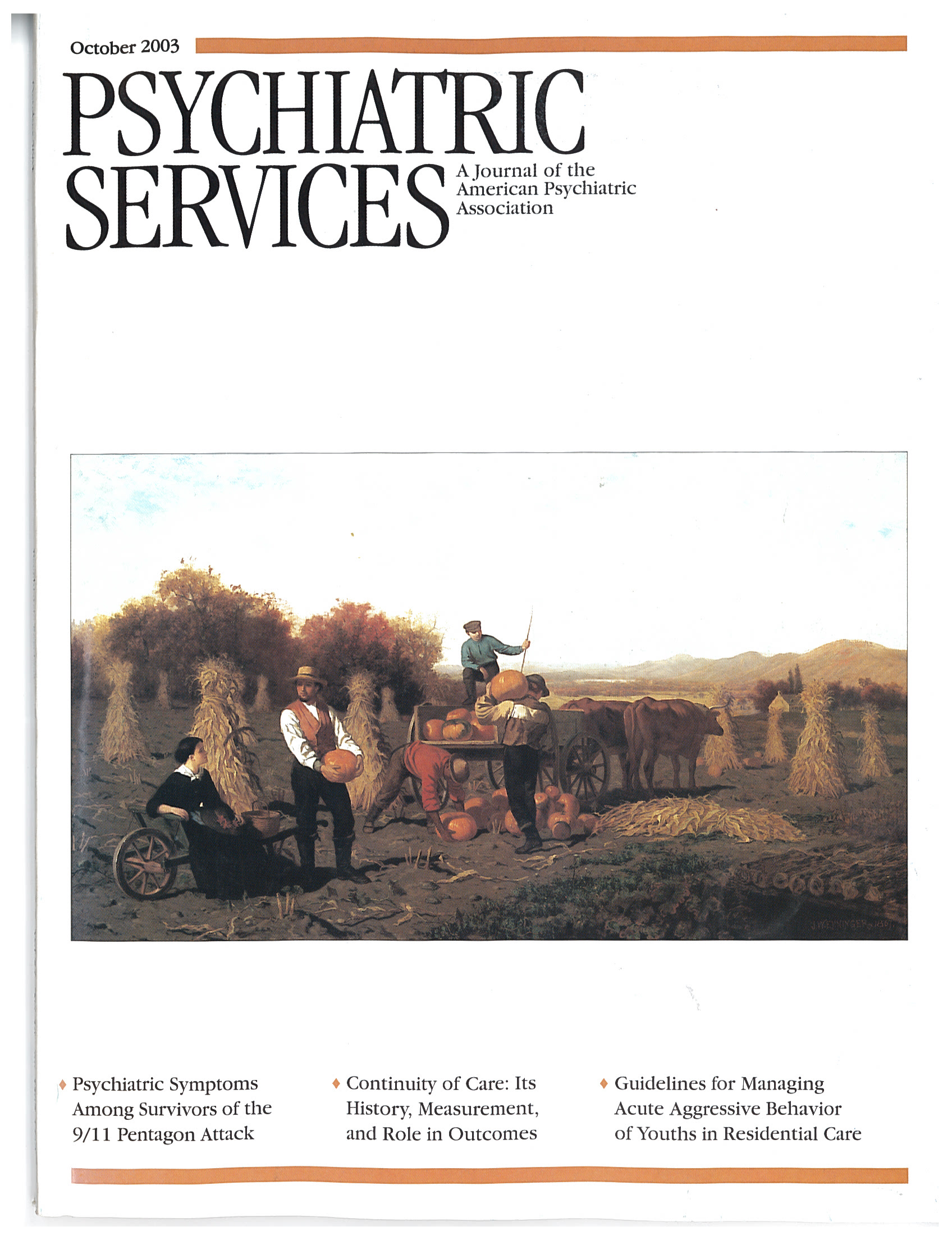Principles and Practice of Child and Adolescent Forensic Psychiatry
From the front cover's inviting photo of arctic poppies to the back cover's poetic explanation for the choice of this flower, Principles and Practice of Child and Adolescent Forensic Psychiatry is a carefully crafted and comprehensive textbook. It offers indispensable assistance for those of us beginning our careers as child and adolescent forensic psychiatrists. As the authors suggest, a wide audience, including mental health clinicians, forensic examiners, attorneys, and judges, will find in this book a user-friendly, well-organized, unique reference that succeeds in shedding a bright academic light on an all too often neglected subspecialty.
The book is divided into six sections: "Basics," "Child Custody," "Child Abuse," "Youth Violence," "Juvenile Offenders," and "Legal Issues." Each of these sections includes five to seven chapters and serves as either an encyclopedic introduction or a succinct summary, depending on the reader's experience with the topic. Most chapters follow a fairly consistent yet nonrestrictive format that begins with evocative clinical examples. These examples are followed by concise descriptions of the relevant legal or clinical issues. When appropriate, an overview of the evolution of the relevant legal or clinical matters places current concerns in a historical context. Some chapters follow the case examples by clarifying key legal or clinical issues, which is necessary for a more complete understanding of the text to come. Although these explanations were very helpful for those chapters, this neophyte frequently wished that the editors had included a forensic glossary.
Most chapters offer helpful warnings and recommendations to the practicing clinician and end with a section titled "Case Example Epilogues." Although I found the coverage of certain types of evaluations disappointingly superficial and a few others not optimally well organized, other discussions were extremely helpful mini-manuals on how to perform certain types of forensic evaluations—for example, parenting assessment in cases of abuse and neglect and termination of parental rights.
The chapters on foster care and adoption, introduction to forensic evaluations, sexually aggressive youths, prevention of youth violence, and forensic ethics are all commendable chapters that stand out as well-written introductions to their respective topics. Each of these chapters spells out the inherent difficulties in working with the population or topic reviewed, yet each manages to do so honestly while offering younger, inexperienced clinicians reason to hope for progressive changes on the horizon. Chapter 2, "Introduction to the Legal System," was an absolute joy to read—it is the only chapter during which I laughed out loud twice.
After reviewing the relevant data and simplifying the complex topic of what happens to children's developmental trajectories when they are maltreated, Chapter 19, "Neurodevelopmental Impact of Violence in Childhood," addresses the political reality that society has always and will always reap what it sows. Without preaching, the author, Bruce D. Perry, M.D., Ph.D., ends his chapter by suggesting that increased evidence of the detrimental effects of violence should and can provide parents, professionals, public officials, and policy makers the evidence they need to advocate for policies that ultimately decrease the amount of violence in youngsters' lives. The entire textbook reflects a similar style.
Without ever climbing on a soapbox, the various authors of the chapters in this volume advocate for increased professionalism, better collaboration, and an honest appraisal of one's motivations. In many ways, the book urges its readers to bring rigor and discipline to more fairly evaluate and assist the legal system in the care, protection, treatment, and disposition of youths who are involved with the juvenile justice system, family courts, and foster care. This is a welcome and valuable text, and I highly recommend it.
Dr. Haynes is a newly graduated child and adolescent psychiatrist in private practice in Worcester, Massachusetts.



